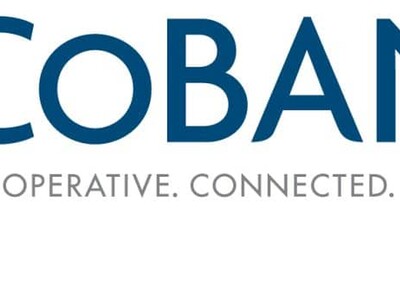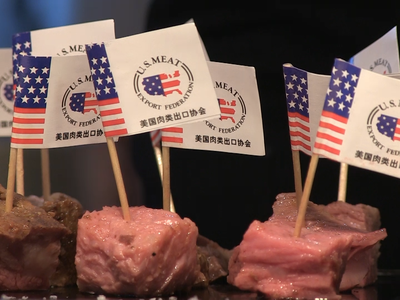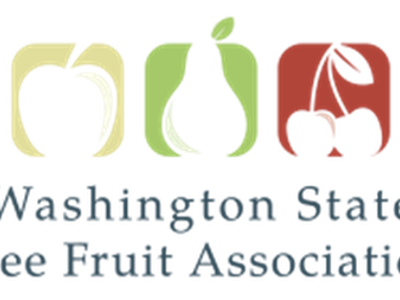New CWD detection
Mississippi State University researchers are pioneering a new way to detect the local presence of chronic wasting disease (CWD), a fatal disease threatening the nation’s deer populations.Steve Demarais, Taylor Chair in Applied Big Game Research and Instruction in MSU’s Forest and Wildlife Research Center, leads a team studying how scrapes left by deer could be a game changer in detecting CWD before noticeable physical symptoms surface. Scrapes are social cues bucks use to alert other deer of their presence, such as chewing an overhanging branch leaving saliva and pawing the ground to expose soil and urinating in the pawed area.
Since the state’s first case of CWD was reported in 2018, MSU Deer Ecology and Management Laboratory scientists have been at the forefront of CWD research, addressing the needs of wildlife agencies combating this disease. One of the key needs is to know where the disease is located as early as possible.
“As bucks chew on overhanging branches and urinate on the scrape, prions—abnormally formed proteins—are released if a deer is CWD positive,” Demarais said. “Camera traps show us that, on average, every scrape is visited by 12 bucks, each of which may or may not have CWD.”
CWD is a contagious, fatal, neurological disease that affects deer, including white-tailed deer, mule deer, elk, moose and caribou. It causes a spongy degeneration of the infected animal’s brain and weight loss, the reason for the term “wasting” disease.
Research has shown that infectious prions can remain in the environment for many years. Currently, the primary way of diagnosing CWD is testing a deceased deer’s lymph nodes, an expensive and labor-intensive method which may not identify where the disease is located until the prevalence is too great to be impacted through management actions.
Demarais said the research should detect CWD “sparks,” or diseased deer that travel to areas without CWD.
“We wanted to see if we could use scrapes as a sentinel, an early warning signal that did not require sampling an individual deer,” he said. “If one of those 12 bucks visiting a scrape is positive for CWD, we can detect CWD in an area even if no positive deer have been submitted by hunters.
“Our success in detecting CWD prion contamination in scrapes shows that sampling has potential as a new tool for CWD surveillance, which can better detect disease in new areas through grouping samples compared to testing individuals,” Demarais continued. “For example, we found CWD prion contamination in scrapes tested in Mississippi wildlife management areas up to 19 miles from the nearest positive deer detection.”
The University of Minnesota and the MSU Veterinary Research and Diagnostic Lab are partnering with the Deer Lab to develop tests to detect prions in the soil and on branches gathered during sampling.














